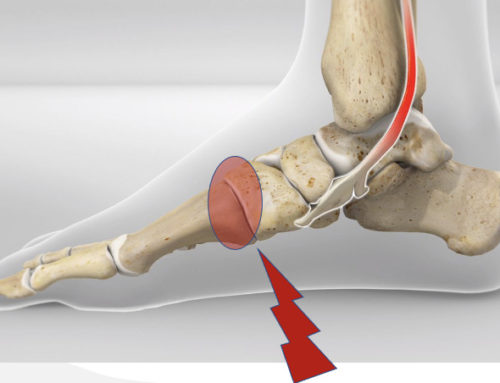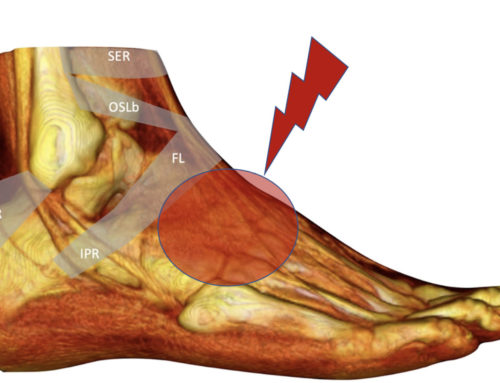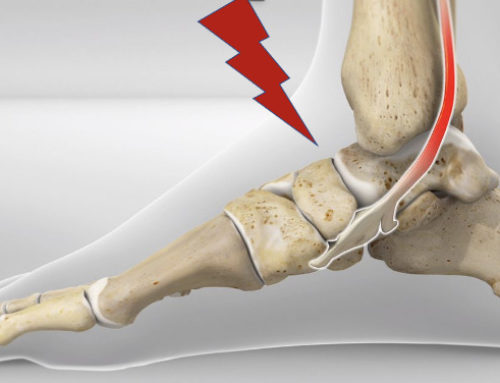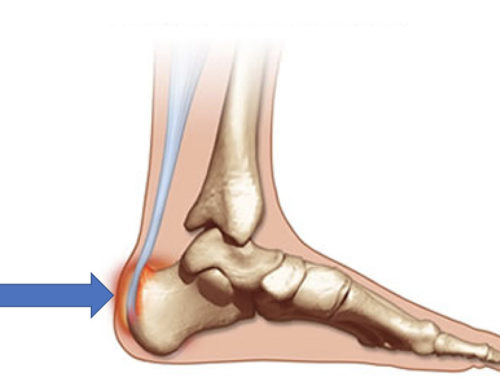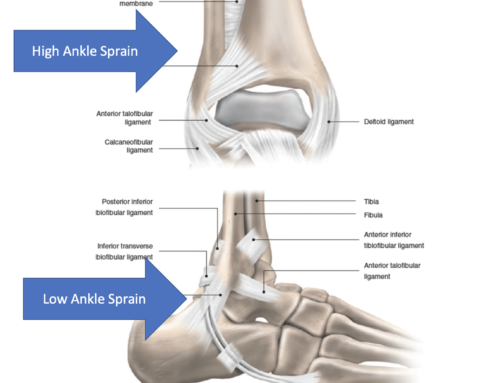Peroneal Tendon Tear: Outer Foot Pain, Peroneal Tendon Injuries, and Peroneal Tendonitis.
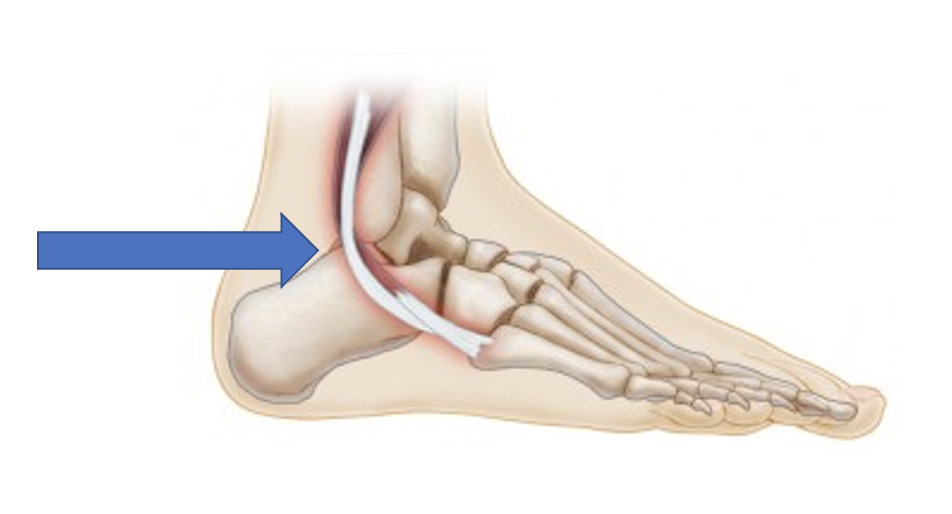 The peroneal tendon is a strong band that connects the peroneal muscle that crosses the ankle and connects to the bone of the outer foot and arch. The peroneal tendon is important for ankle stability and the prevention of ankle sprains during foot directional changes. Peroneal tendon Injuries include tears (sudden injury) and chronic inflammation known as tendonitis.
The peroneal tendon is a strong band that connects the peroneal muscle that crosses the ankle and connects to the bone of the outer foot and arch. The peroneal tendon is important for ankle stability and the prevention of ankle sprains during foot directional changes. Peroneal tendon Injuries include tears (sudden injury) and chronic inflammation known as tendonitis.
Causes and Symptoms
A peroneal tendon tear most commonly occurs when the foot is forced into an inversion ankle sprain, but can also occur from repetitive movements such as running. A peroneal tendon is classified by grade of severity from 1-3. Grade 1 is micro-tearing and grade 3 is a complete tear or rupture.
Acute Peroneal Tendon Tears– Usually caused by trauma such as an ankle sprain.
Symptoms include:
- Weakness of instability feeling of the foot and ankle
- Pain and swelling
- A painful pop may have occurred
Tendonitis- Repetitious activities such as running, or trauma (ankle sprain) can cause the peroneal tendon to become inflamed.
Symptoms include:
- Outer foot and ankle pain
- Swelling
- Pain increases with activity
- Warm to touch
Degenerative Tears (tendinosis)- Repeated and prolonged overuse of the peroneal tendon can cause the tendon to break down from micro-tearing. Eventually, the tendon becomes longer, weaker and a full-thickness tear could occur.
Symptoms include:
- Weakness and instability on the outside of the ankle
- Pain is sporadic (comes and goes)
Subluxation- Snapping of the peroneal tendon around the ankle bone during movement.
Symptoms include:
- Snapping outside of the ankle
- Ankle instability
- Sporadic pain
Diagnosis
Diagnosis of peroneal tendon tears can include both physical orthopedic exams including:
- Muscle Tests that resist foot eversion while in end range inversion
- Palpation of the peroneal tendon
- MSK ultrasound
- X-ray
Nonsurgical Treatment
- Immobilization- limit the movement of the foot and ankle by cast
-
Tendon rehabilitation exercises- Progression from isometric, concentric to eccentric
- Foot and Ankle dysfunctions- Addressing and correcting dysfunctions such as foot intrinsic exercises, big toe mobility, and dorsiflexion limitations that create increase strain on the peroneal tendon.
- Peroneal muscle strengthening- specific exercises to increase the strength of the muscle.
Surgery
Surgery is rarely required for most peroneal tendon tears, but if required non-surgical treatment mentioned above would still be needed to prevent reoccurring peroneal tendon injuries. Your doctor or orthopedist will discuss these options.
Our editorial practices include evidence-based practices, interventions, and recommendations.
GET IN TOUCH WITH DR. DEAN
YOU should be able to move the way you’d like to move without experiencing pain. YOU should be able to experience freedom and energy knowing there’s nothing holding back from giving your life 110%. Dr. Dean would like to learn more about your challenges with a quick phone or email before beginning treatment. Contact him today.

